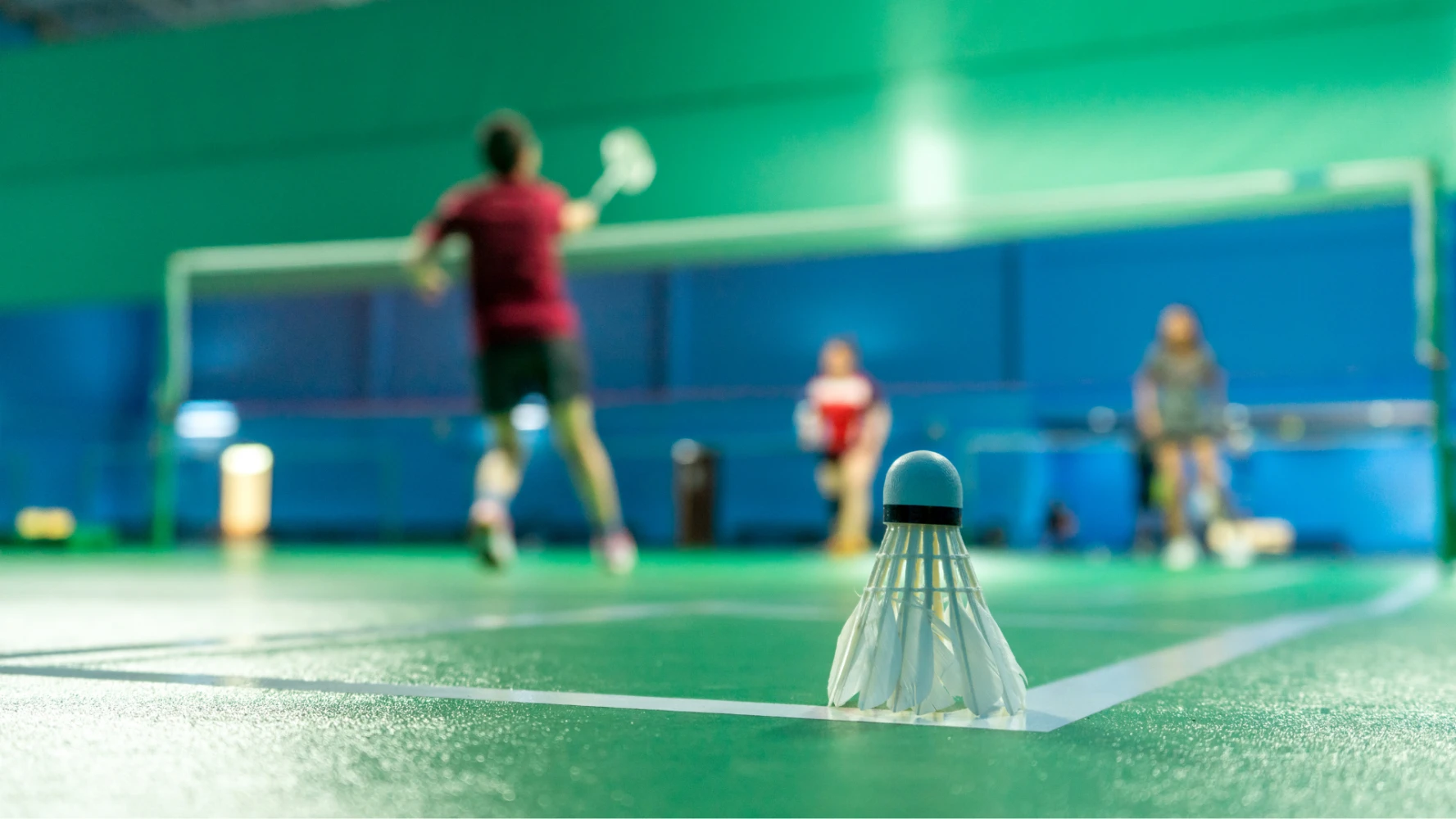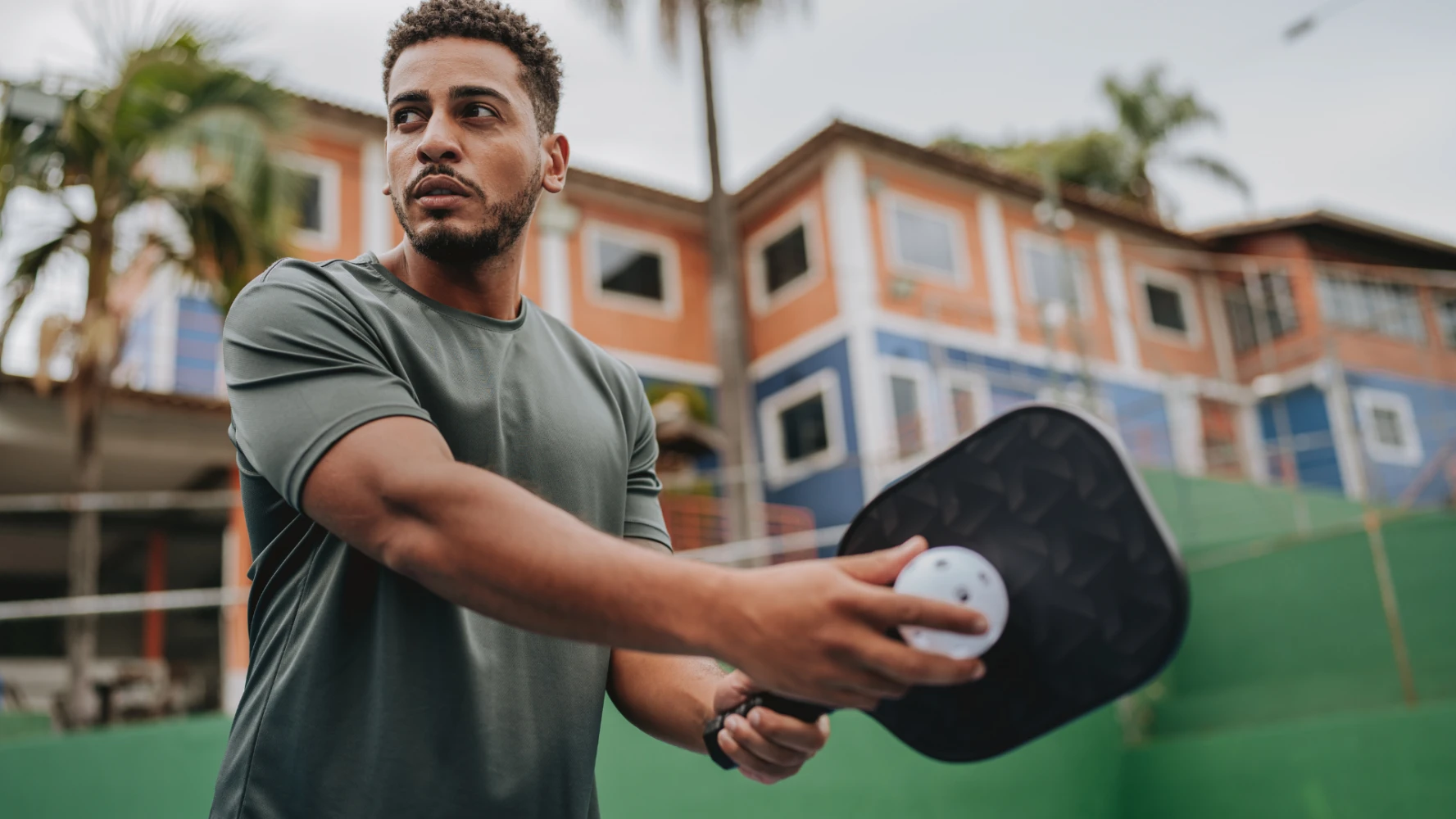The shuttlecock is essential in badminton, directly influencing your game. The crucial question: feather or plastic? Each type has its strengths. This concise guide will help you make the right choice to optimize your experience on the court.
The Feather Shuttlecock: Precision and Feel
Made with natural feathers and a cork base, the feather shuttlecock is the choice of professionals.
- Advantages: It offers a very stable and precise trajectory, high initial speed, and a rapid drop. The hitting sensations are authentic, allowing for better control and "touch," essential for technical shots.
- Disadvantages: Its fragility is its Achilles' heel. The feathers break easily, reducing its lifespan, especially with smashes. It is also more expensive and sensitive to humidity.
- Who is it for? Ideal for competitors and regular players seeking maximum performance in matches and tournaments (but depending on your activity, the cost can quickly become painful).
The Plastic Shuttlecock: Durability and Economy
Designed with nylon and a synthetic base, the plastic shuttlecock is the champion of robustness.
- Advantages: Its exceptional durability makes it very resistant to impacts, offering a much longer lifespan. It is more economical and less affected by temperature or humidity variations. Its trajectory is often slightly slower, making it easier for beginners to learn.
- Disadvantages: It offers less precision and less refined hitting sensations than the feather shuttlecock. Its trajectory is more floaty, and the impact is louder.
- Who is it for? Perfect for beginners, casual players, training, and recreational sessions, including outdoors.
Choosing the Right Shuttlecock: Your Profile Matters!
Your choice depends on your needs.
- Skill level: Beginner/recreational = plastic. Intermediate/competitive = feather (for matches) and plastic (for training).
- Budget and frequency: Plastic is more affordable for frequent use.
- Conditions: Plastic is more resistant to the elements for outdoor play.
- Speed: Shuttlecocks have a number (e.g., 76, 77, 78) indicating their speed; adapt it to the room temperature.
Conclusion:
The feather or plastic dilemma is crucial for any badminton player. While feather offers precision and feel for the elite, plastic excels in robustness and cost, perfect for casual play and learning. In summary, the feather shuttlecock offers better playing sensations; however, its low durability is a major weakness, and it is better to reserve its use for specific cases rather than for daily play.




Comments